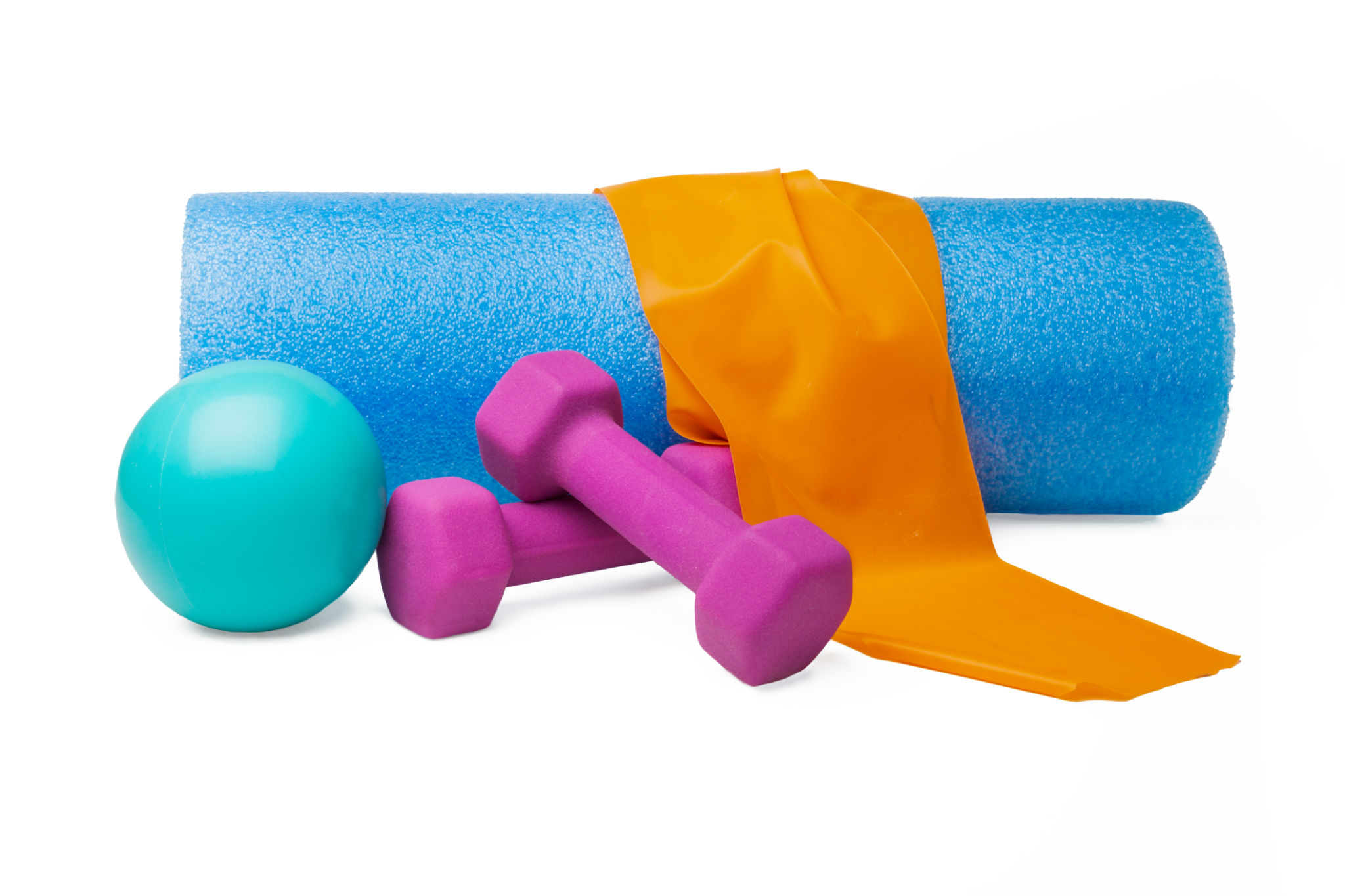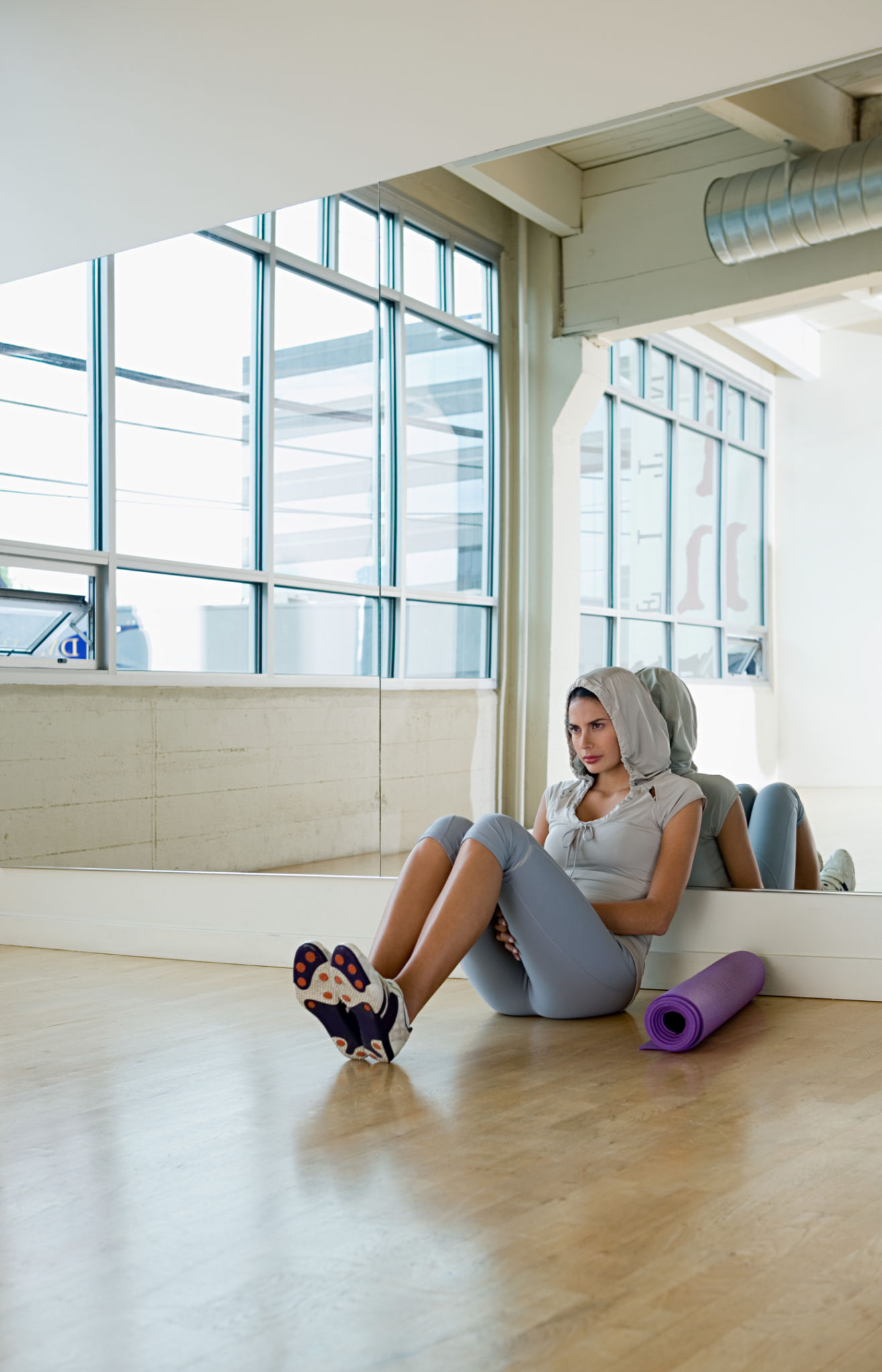The Ultimate Guide to Building a Home Workout Routine
Why Build a Home Workout Routine?
Building a home workout routine can be one of the most rewarding and convenient ways to stay fit. With the ongoing demands of daily life, many people find it challenging to carve out time for gym visits. Setting up a workout space at home allows you to exercise at your convenience, without the hassle of travel or scheduling constraints. Plus, it can be incredibly cost-effective, eliminating the need for expensive gym memberships.
Creating a personalized workout routine at home also offers the flexibility to tailor your exercises to meet your specific goals. Whether you're aiming for weight loss, muscle gain, or improved endurance, a home workout can be customized to fit your needs.

Determine Your Fitness Goals
Before diving into your new workout routine, it’s essential to set clear fitness goals. Are you looking to build muscle strength, improve cardiovascular health, or enhance flexibility? Understanding your objectives will help you design a balanced and effective routine.
Once your goals are clear, consider the time you can realistically commit each week. Consistency is key, so setting a schedule that fits your lifestyle is crucial for long-term success. Aiming for 3-5 sessions per week is a standard recommendation for most fitness goals.
Assess Your Space and Equipment
When planning a home workout routine, consider the space available in your home. You don’t need a lot of room; even a small area can be transformed into an effective workout space. Clear the area of unnecessary clutter to create a safe and inviting environment.

Next, evaluate what equipment you have or might need. Basic equipment such as dumbbells, resistance bands, and a yoga mat can significantly enhance your workouts. However, many exercises require no equipment at all, relying solely on body weight.
Designing Your Routine
A well-rounded workout routine should include components of strength training, cardio, and flexibility exercises. Here's a basic template to get you started:
- Warm-up: Begin with 5-10 minutes of light cardio to get your blood flowing and muscles warmed up.
- Strength Training: Focus on different muscle groups on different days (e.g., upper body, lower body, core).
- Cardio: Incorporate activities like jumping jacks, high knees, or running in place for 20-30 minutes.
- Flexibility: Conclude with stretching exercises to improve flexibility and prevent injury.

Remember to mix things up to keep your routine engaging and avoid plateaus. Incorporating new exercises can challenge your muscles and maintain motivation.
Tracking Progress and Staying Motivated
Keeping track of your progress is vital for staying motivated. Consider maintaining a workout journal or using fitness apps to record your workouts and monitor improvements over time. Celebrate small victories such as increased repetitions or longer exercise durations.
Motivation can wane over time, so finding ways to stay inspired is important. Setting short-term milestones, rewarding yourself for reaching goals, and even joining online fitness communities can provide the encouragement needed to stay committed.
Listening to Your Body
While pushing yourself is important for growth, it's equally crucial to listen to your body and recognize signs of fatigue or injury. Incorporate rest days into your routine to allow muscles to repair and grow stronger.
If you experience persistent pain or discomfort, it may be wise to consult with a healthcare professional or personal trainer to adjust your routine accordingly.
Building a home workout routine is an empowering step towards achieving your fitness goals. With dedication and the right approach, you can enjoy the benefits of regular exercise from the comfort of your own home.
